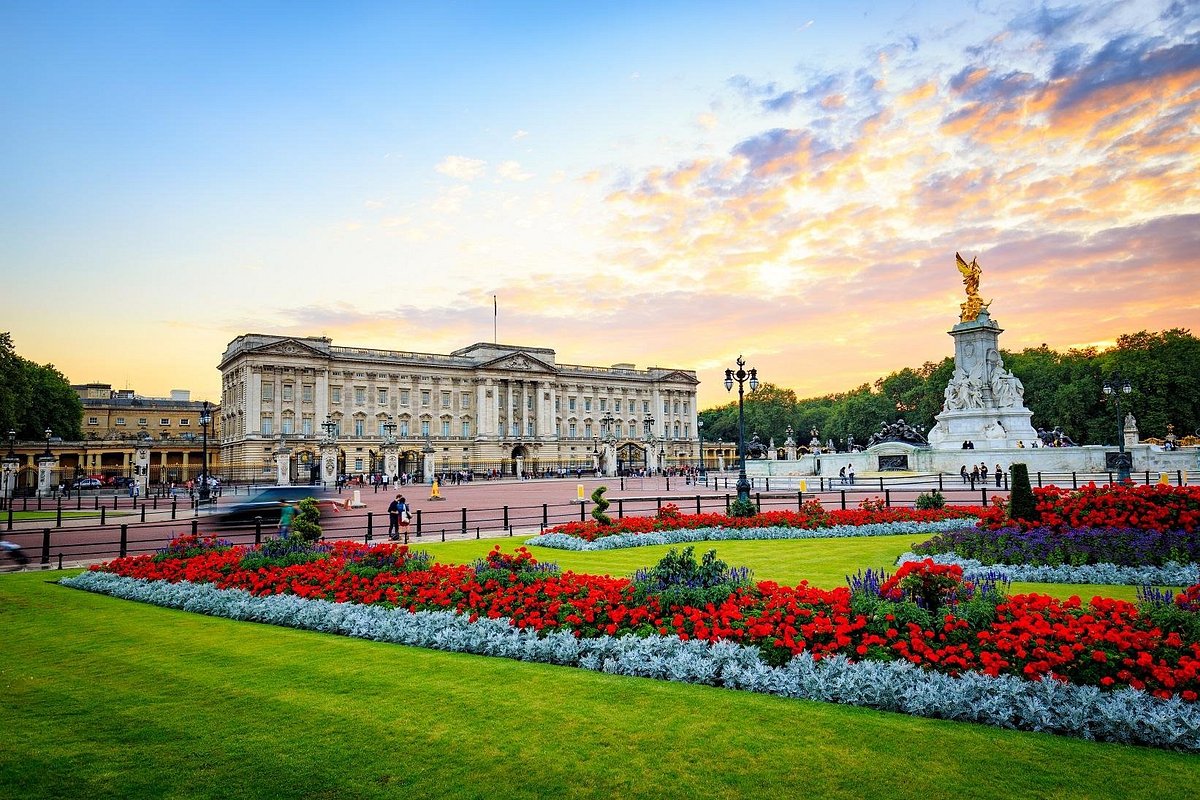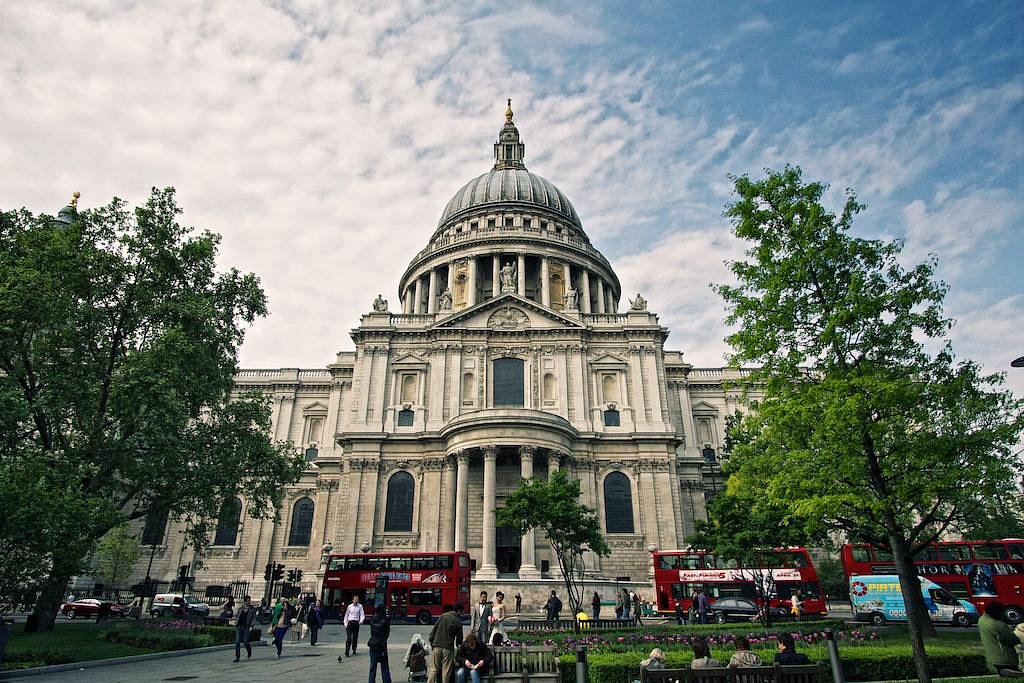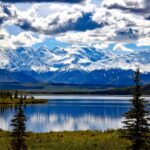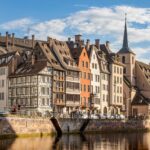Quick Bits:
London is a city rich in history and vibrant culture. Known for its iconic landmarks, diverse neighborhoods, and year-round attractions, the city offers endless experiences for travelers. From the bustling streets of the West End to the historic sites of Westminster, there’s a unique blend of modernity and heritage everywhere you go.
Key Highlights
- Landmarks: Big Ben, Tower Bridge, Buckingham Palace
- Museums: British Museum, Tate Modern, Natural History Museum
- Shopping & Dining: Oxford Street, Covent Garden, Borough Market
- Yearly Climate: Mild winters, warm summers, rainfall year-round
- Best Time to Visit: Spring (April-May) and Fall (September-October)
General Information
London, the capital of England and the United Kingdom, is one of the most visited cities worldwide. Renowned for its history, the city has an extraordinary past that dates back to Roman times. Today, London stands as a global hub for finance, fashion, arts, and culture. The city has grown to accommodate over nine million people, representing a wide array of backgrounds and ethnicities, contributing to a dynamic and multicultural urban environment.
London’s architecture reflects its layered history, from the grandeur of the Palace of Westminster to the modern glass and steel structures of the Shard and the Gherkin. This blend of old and new creates a fascinating landscape, attracting millions of visitors who explore both traditional and contemporary elements.
The city’s accessibility is unmatched, with a well-connected transportation system that includes buses, trains, and the iconic London Underground, making it easy for tourists and locals to navigate the city’s many attractions.

Geography Information
Situated along the River Thames, London occupies an area of about 1,572 square kilometers, encompassing Greater London as well as the City of London—a small, historic area often referred to as the financial district. The Thames meanders through the city, offering stunning views and riverside attractions like the Southbank, where locals and visitors gather to enjoy scenic strolls, theaters, and restaurants.
The city itself is divided into several boroughs, each with its own distinct character. North London boasts cultural spots like Camden, famous for its alternative vibe and markets, while South London features leafy areas like Greenwich, known for the Royal Observatory and maritime history. West London includes the upscale neighborhoods of Chelsea and Kensington, while East London presents a blend of industrial heritage and trendy areas, particularly in Shoreditch.
Surrounding the city are areas of green space, with parks like Hyde Park, Regents Park, and Richmond Park providing a peaceful retreat from the urban bustle. These areas offer walking trails, lakes, and beautiful gardens, where locals enjoy picnics, jogging, or relaxing in nature.
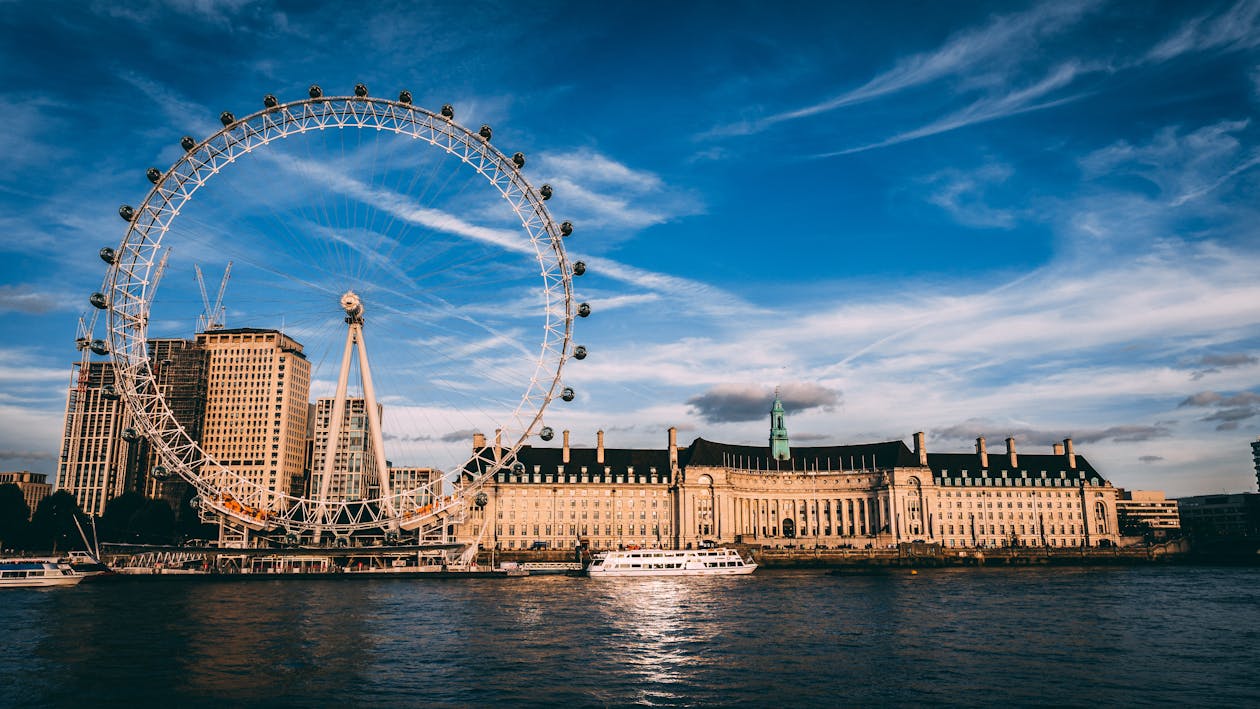
Places to Visit
London is packed with must-see attractions, each offering a glimpse into its rich history and vibrant culture. Here are some of the highlights:
1. The British Museum
- Key Features: Ancient artifacts, Rosetta Stone, Egyptian mummies
- The British Museum is a treasure trove of historical artifacts from around the world. Entry is free, and exhibits cover diverse cultures and eras, from ancient Egypt to the classical world.
2. Buckingham Palace
- Key Features: Changing of the Guard, State Rooms
- Home to the British monarchy, Buckingham Palace is iconic and offers a look at the country’s royal heritage. During summer, the palace opens its State Rooms for public tours, while the Changing of the Guard ceremony is a popular attraction.
3. The Tower of London
- Key Features: Crown Jewels, Beefeaters, Historic fortress
- A former royal residence and notorious prison, the Tower of London holds centuries of history. Today, visitors can explore its medieval towers and view the Crown Jewels on display.
4. Big Ben and the Houses of Parliament
- Key Features: Iconic clock tower, Gothic architecture
- Big Ben and the Houses of Parliament are symbols of London. The Gothic structure and famous clock tower are best admired from the nearby Westminster Bridge, offering a view that is quintessentially London.
5. The London Eye
- Key Features: Panoramic city views, River Thames
- The London Eye is a giant Ferris wheel that provides a panoramic view of the city. From the top, you can see major landmarks like the Shard, St. Paul’s Cathedral, and beyond.
6. Tate Modern
- Key Features: Contemporary art, riverside views
- Tate Modern houses an extensive collection of modern art, from works by Pablo Picasso to installations by modern-day artists. Located on the Southbank, the museum is a favorite for art enthusiasts.
7. West End Theatre District
- Key Features: Musicals, plays, historic theaters
- Known for world-class productions, the West End offers a vibrant theater scene. Shows like The Lion King and Les Misérables attract visitors from around the world.
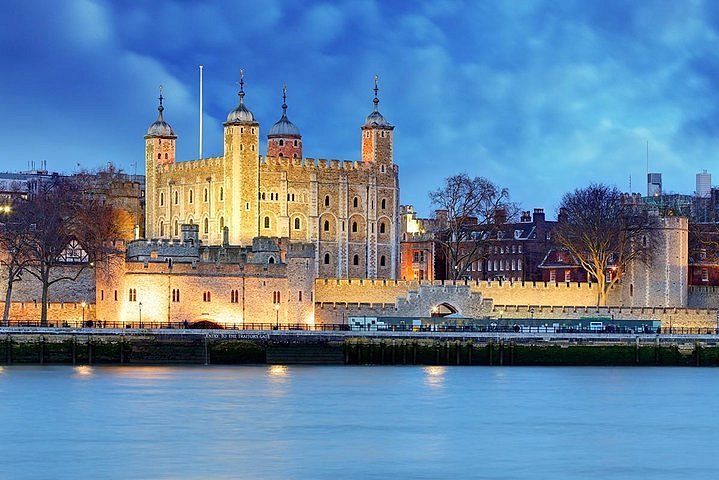
Yearly Climate
London’s climate is classified as temperate maritime, which means it experiences mild, wet winters and warm, pleasant summers.
- Winter (December to February): Winters in London are generally mild, with temperatures hovering around 2-8°C. Snowfall is rare but can occasionally occur. Rain is more common, so visitors should plan for wet weather.
- Spring (March to May): Spring brings warmer temperatures, ranging from 8-15°C, and blooming flowers in parks across the city. Rain is still common, though sunny days become more frequent.
- Summer (June to August): London’s summer is typically warm but not excessively hot, with temperatures between 15-25°C. July is the warmest month and also popular for outdoor events and festivals.
- Fall (September to November): Fall is mild, with temperatures from 10-18°C. The city’s parks turn colorful, creating a beautiful backdrop for sightseeing. Rain increases as winter approaches.
Best Time of Year to Visit
While London is a year-round destination, certain seasons offer unique experiences:
- Spring (April-May): Spring is ideal for seeing the city’s gardens in full bloom and enjoying moderate weather. Popular events like the Chelsea Flower Show take place in May.
- Summer (June-August): Summer is perfect for outdoor activities, riverside walks, and enjoying events like the Notting Hill Carnival. However, this is also peak tourist season, so expect larger crowds.
- Fall (September-October): Fall provides pleasant weather with fewer tourists, making it a great time to explore museums, theaters, and parks.
- Winter (December-February): Winter is festive, especially in December when the city lights up with holiday decorations. Popular seasonal events include ice skating at Somerset House and exploring Christmas markets.
For travelers seeking mild weather and fewer crowds, spring and fall are the best times to visit. These seasons provide a balance of pleasant weather and access to London’s top attractions without the intensity of the summer rush.
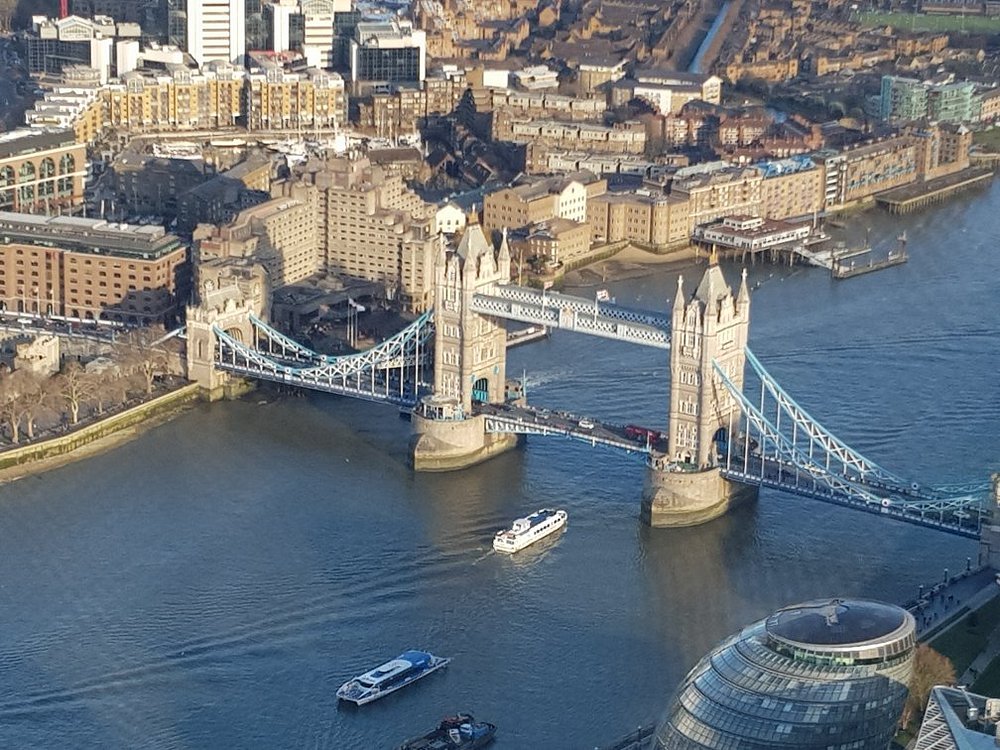
In Summary…
London stands out as a world city, offering a unique blend of history, culture, and modernity. Whether you’re exploring its historic landmarks or enjoying the arts scene, the city provides endless opportunities for discovery. A year-round destination, London has something for everyone, regardless of when you visit. From the Tower of London to Tate Modern, the city’s attractions, vibrant neighborhoods, and green spaces offer a variety of experiences. Visitors can plan according to their interests, seasonal activities, and preferred weather, making London a memorable destination for any traveler.

